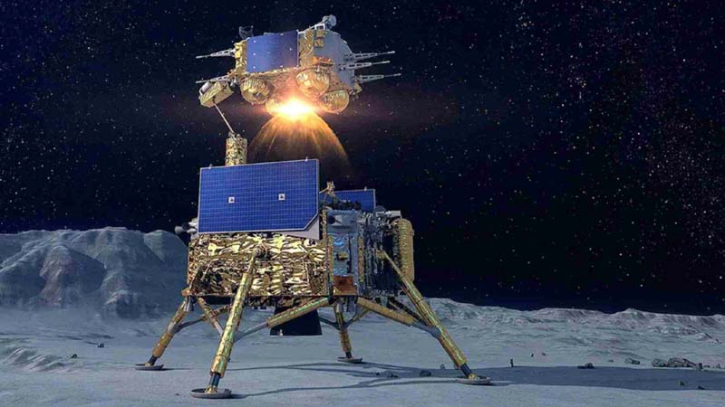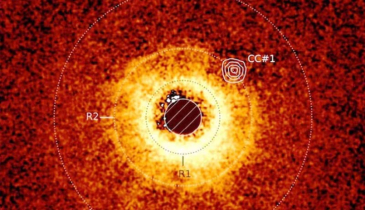China lands on moon's far side in historic sample retrieval mission

On Sunday, China successfully landed an uncrewed spacecraft on the far side of the moon, marking a significant milestone in space exploration.
This mission aims to collect the first-ever rock and soil samples from the moon's far hemisphere, according to China's space agency.
This achievement enhances China's status in the international space race, as nations like the United States plan to utilize lunar resources to support long-term astronaut missions and establish moon bases in the coming decade.
The Chang'e-6 spacecraft, equipped with various scientific instruments and its own launch system, landed in the South Pole-Aitken Basin, a massive impact crater on the moon's far side, at 6:23 am Beijing time (2223 GMT), as reported by the China National Space Administration (CNSA).
This successful landing marks China's second mission to the moon's far side, a region that remains unexplored by other countries. The far side of the moon always faces away from Earth and is characterized by deep, dark craters, making communication and landing operations particularly challenging.
Launched on May 3 aboard China's Long March 5 rocket from the Wenchang Satellite Launch Center on Hainan Island, the Chang'e-6 reached lunar orbit approximately a week later and adjusted its trajectory in preparation for the landing.
The mission's objective is to collect 2 kilograms (4.4 pounds) of lunar material using a scoop and drill, and return these samples to Earth.
.png)









